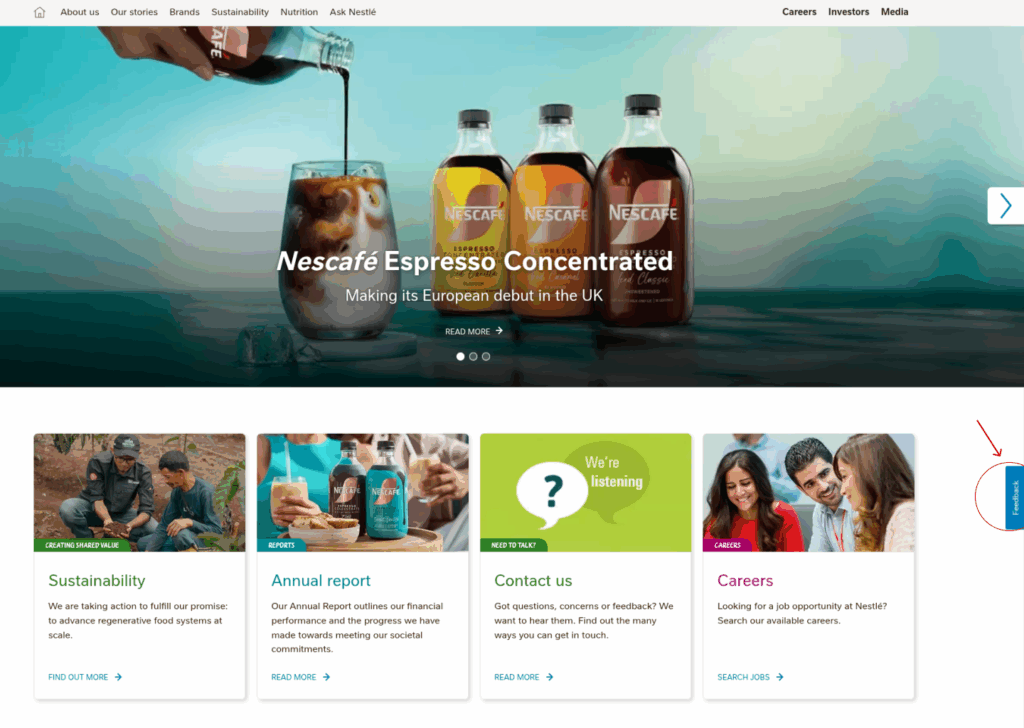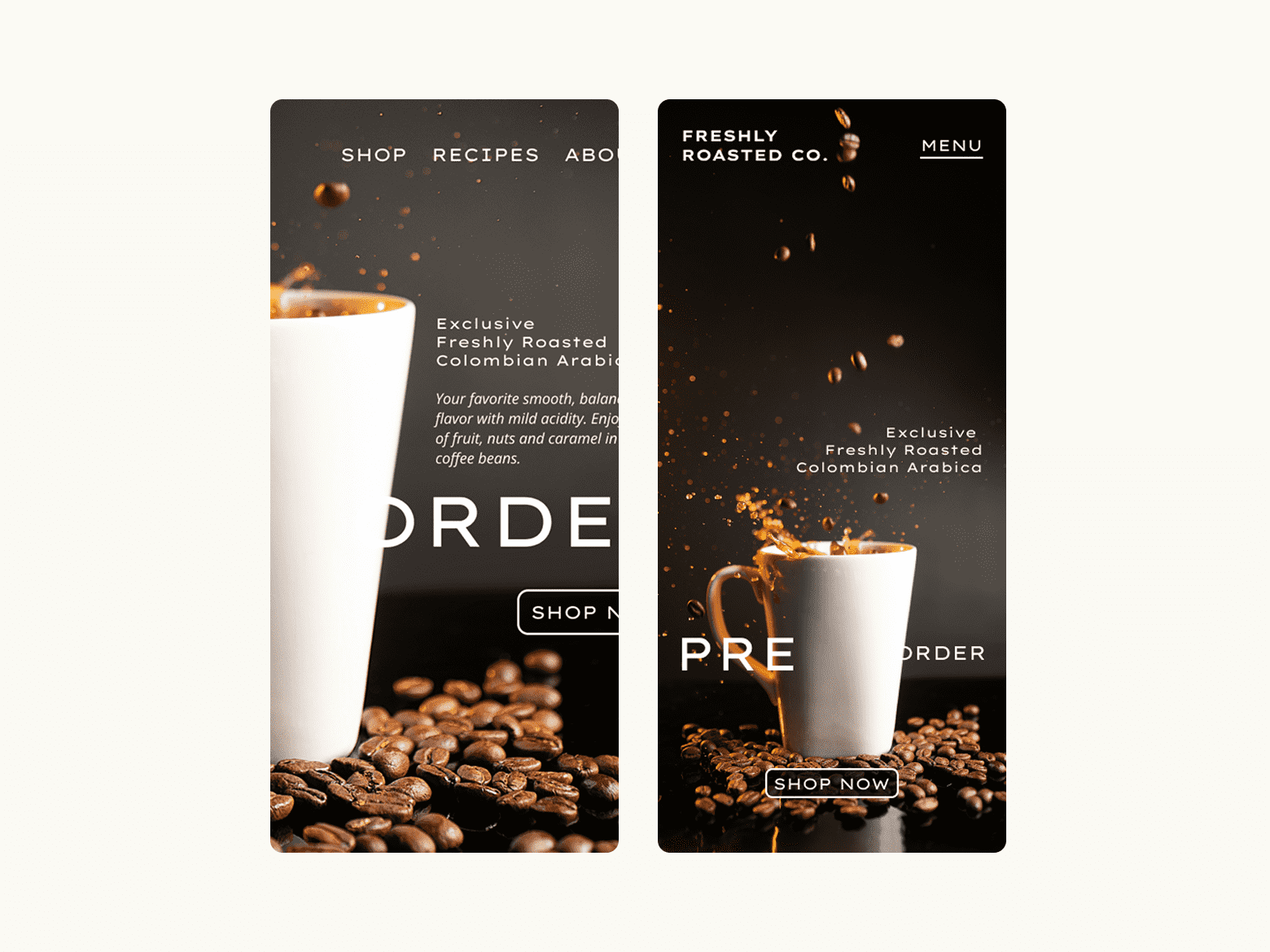In the previous blog post, we discussed the following UX mistakes:
- Confusing Navigation
- Slow Loading Times
- Non-Responsive Design
- Poor Readability
- Ignoring Mobile Users
Want to see how to fix those mistakes? Then navigate to the “Is Your Website Losing Customers? 10 Common UX Mistakes and How to Fix Them. Part 1” blog post.
In continuation, we will take a look at the rest of the top 10 common UX mistakes that make you lose customers. Let’s go!
6. Lack of Clear Calls to Action (CTAs)
Users need to know what you want them to do next. Vague or missing CTAs leave them directionless.
Fix: Use clear and compelling action verbs (e.g., “Shop Now,” “Learn More,” “Contact Us”). Make your CTAs visually prominent with contrasting colors and sufficient size. Place them strategically where users are likely to take action.
7. Ignoring User Feedback
Your users are a goldmine of information. Ignoring their complaints or suggestions means missing opportunities for improvement.

Nestle displayed a button labeled Feedback on the right side of all its pages
Fix: Implement feedback mechanisms (e.g., contact forms, surveys, social media monitoring). Actively listen to and analyze user feedback. Use it to inform your design decisions.
8. Intrusive Pop-ups
While pop-ups can be effective for specific purposes, overly aggressive or poorly timed pop-ups can be annoying and lead to immediate abandonment.
Fix: Use pop-ups sparingly and strategically. Be sure they are easy to close. I would recommend that you think twice before using pop-ups.
9. Inconsistent Design
A website with inconsistent branding, typography, and UI elements can feel unprofessional and untrustworthy.
Fix: Develop a style guide and adhere to it across all pages. Maintain consistency in colors, fonts, button styles, and overall visual language.
10. Neglecting Search Functionality
A robust and easy-to-use search bar is essential for websites with a significant amount of content.
Fix: Make your search bar prominent and easily accessible. Implement intelligent search features like auto-suggestions and typo tolerance. Ensure search results are relevant and clearly presented.
Investing in good UX is not just about aesthetics…
Investing in good UX is not just about aesthetics; it’s about creating a positive and efficient experience that builds trust, encourages engagement, and finally drives business growth. Don’t let poor UX silently sabotage your success – make user-centricity a priority in your web design strategy.
Let’s improve it together
Want a website that delights visitors and drives conversions? If UX design isn’t your focus, I can help. Contact me to discuss your site and how we can improve the user experience together.



